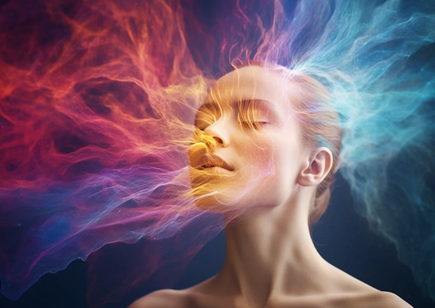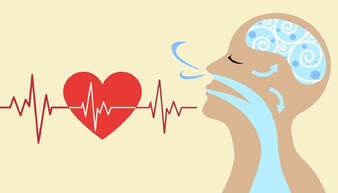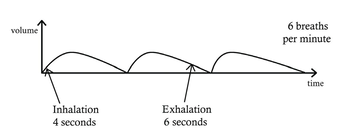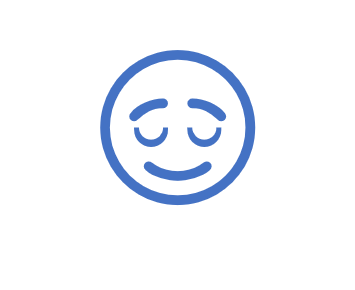|
Research has proven that focusing on the timing and pace of our breath has positive effects on our body and mind. Specific areas of the brain linked to emotion, attention and body awareness are activated when we pay attention to our breath. When we breath rapidly, activity increases in areas of the brain like the amygdala, which can trigger anxiety, anger, or fear. And the reverse occurs - when we slow our breath, our nervous system settles down and fear and anxiety are reduced. It’s difficult to relax if you’re breathing rapidly as you recruit accessory muscles of respiration (scalene, pectorals, etc.) which heightens the sympathetic nervous system (the fight/flight response) and affects the way the muscles respond. Paced breathing (consciously inhaling and exhaling according to a set rhythm such as inhaling for four counts, exhaling for six) can activate the insula which regulates the autonomic nervous system and is linked to body awareness. Deep breathing while we stretch enhances the experience, helping you relax into the stretch. It also increases circulation, working your organs and blood vessels and moving refreshed blood throughout the body.
Inhaling reduces intra-thoracic pressure, bringing more blood back to the heart making it pump more. On exhaling, intra-thoracic pressure is increased which slows blood return, relaxes the diaphragm and slows the heart rate. That's why exhaling is the best time to go deeper into a stretch.
0 Comments
|
MargieI'm Margie, the owner of A Good Stretch. I love helping you feel good! Archives
April 2024
Categories |
Photo from shixart1985




 RSS Feed
RSS Feed
